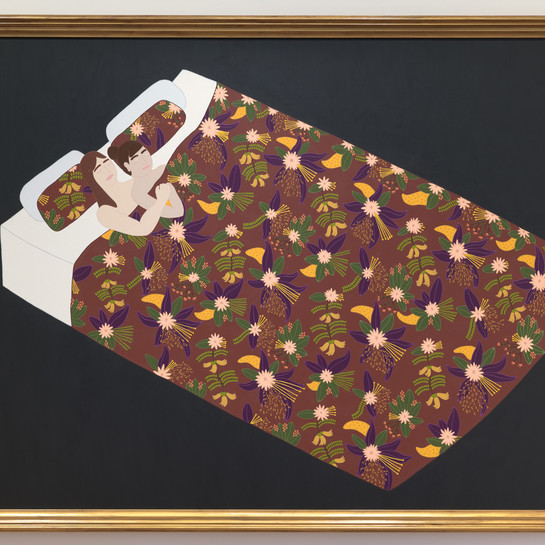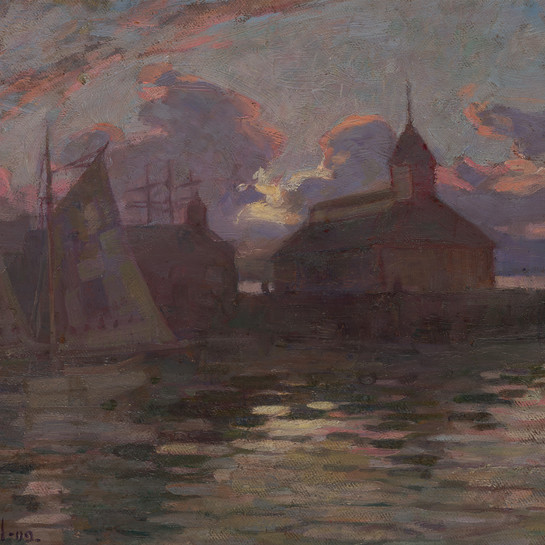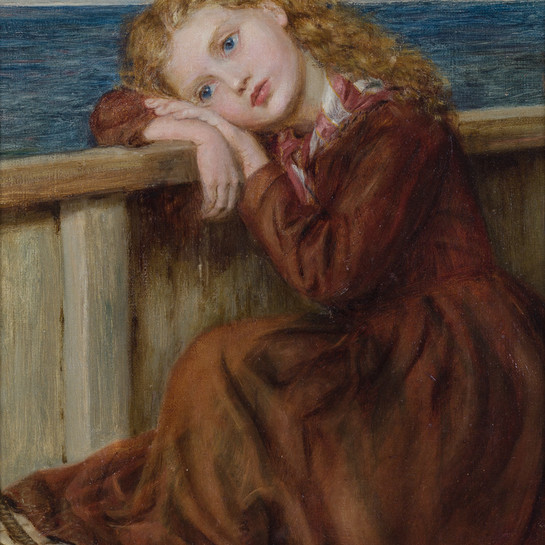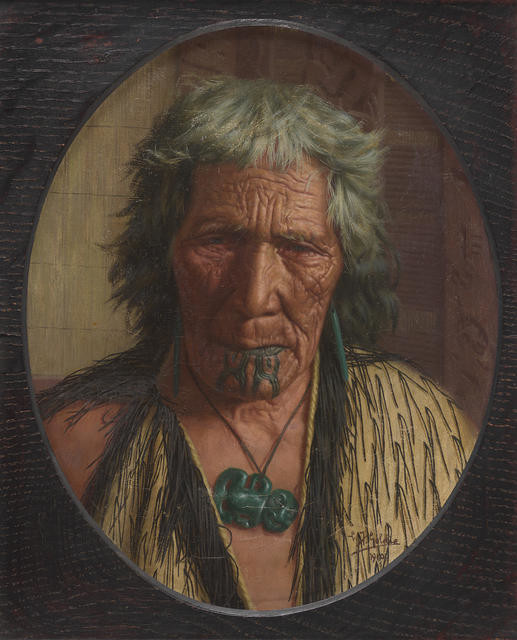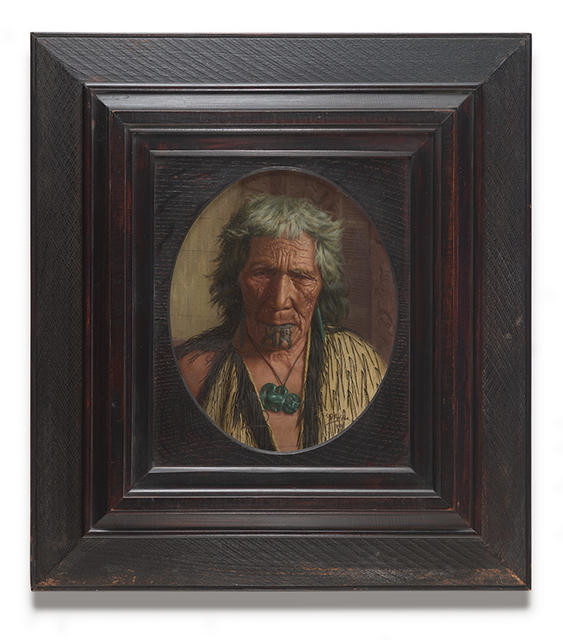Charles Frederick Goldie
Aotearoa New Zealand, b.1870, d.1947
Rakapa, an Arawa Chieftainess: Rakapa Te Tira (Ngāti Te Takinga, Ngāti Pikiao, Te Arawa) [also known as Rakapa Manawa/Ngatatau/Rapana/Mitai]
- 1910
- Oil on canvas
- Gifted by Geoffrey and Aileen Wood, 1970
- 538 x 480mm
- 70/80
Tags: chieftains, cloaks, earrings (jewelry), elderly, jades (objects), jewelry, korowai, koru (pattern), Māori (culture or style), moko, pendants (jewelry), people (agents), portraits, tattoos, women (female humans)
Rakapa Te Tira (also known as Rakapa Manawa/Ngatatau/Rapana/Mitai) was a rangatira (chief) of Te Arawa who lived at Te Takinga marae at Mourea, on the eastern shores of Lake Rotorua. Charles Goldie painted Rakapa’s portrait at least six times between 1910 and 1918.
(Te Wheke, 2020)
Exhibition History
He Waka Eke Noa, 18 February 2017 – 18 February 2018
Despite being painted by Charles Goldie at least five times, the identity of Rakapa, an Arawa Chieftainess is unfortunately now unknown. She has, however, been confused with others with this name and links to the Te Arawa iwi (tribe) and rohe (region), including Rakapa Kakohi, a well-known composer of aroha waiata (love songs), who died in Foxton in 1877. She may possibly be Rakapa Manawa of Mourea, near Rotorua, whose name was listed on the 1908 Māori Voter and Electoral Roll, her iwi listed as Te Arawa and her hapū as Ngāti Pikiao and Ngāti Te Takinga. Another possibility is Rakapa (or Te Arani) Epiha, who died in 1925. Information is welcomed from visitors, particularly those with family links.
Rakapa Te Tira was a rangatira of Te Arawa. At the time this portrait was painted she was living at Te Takinga marae at Mourea, on the eastern shores of Lake Rotorua. Her father was Wiremu Maihi Te Rangikaheke (c. 1815–1896), the writer and historian who taught te reo Māori to Sir George Grey, and whose manuscripts became the primary source for Grey’s 1850s published writings on Māori history and cultural traditions. Charles Goldie painted Rakapa Te Tira’s portrait at least six times. Two portraits of her (likely including this one) were exhibited at the Canterbury Society of Arts exhibition in 1911. (September 2019)
